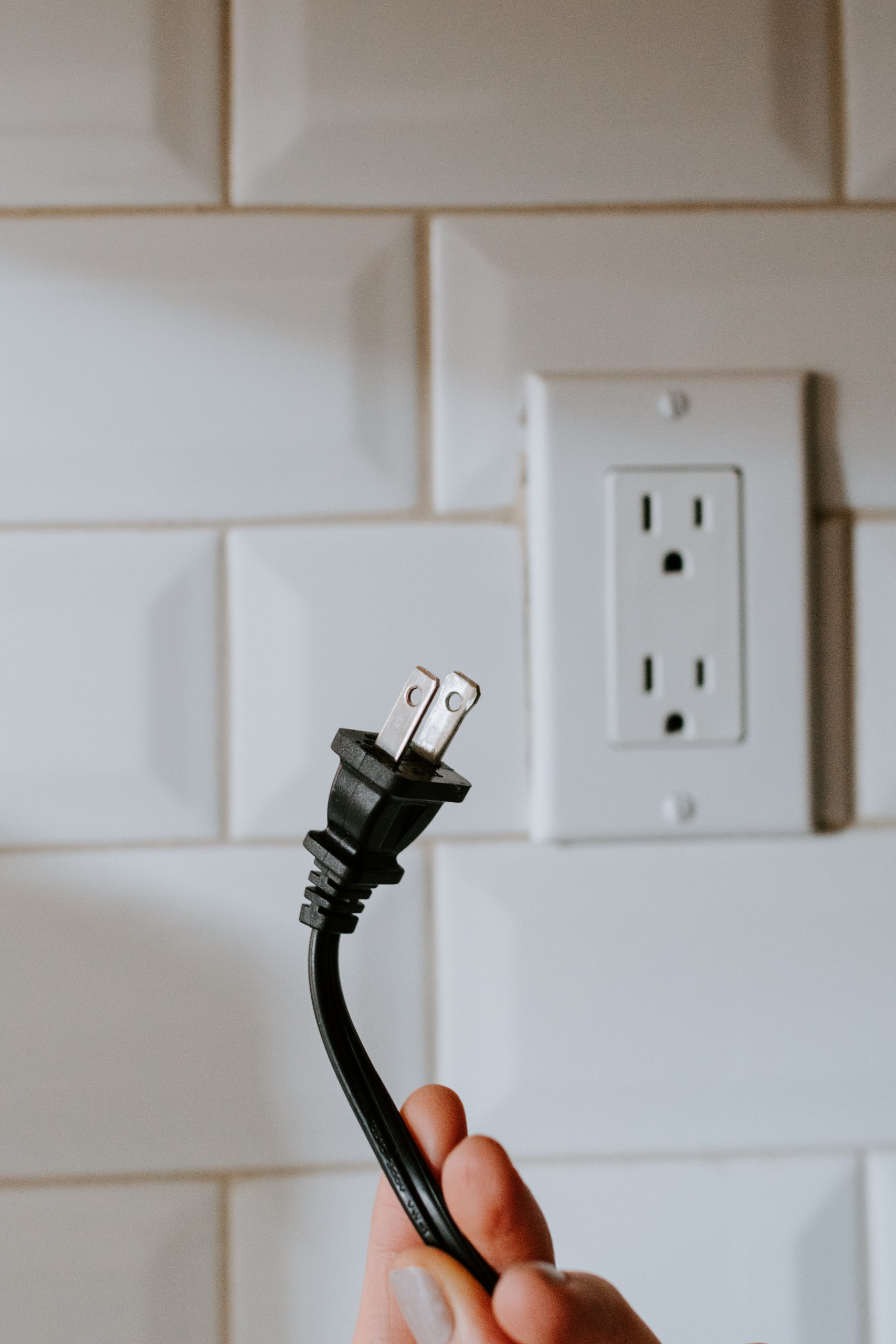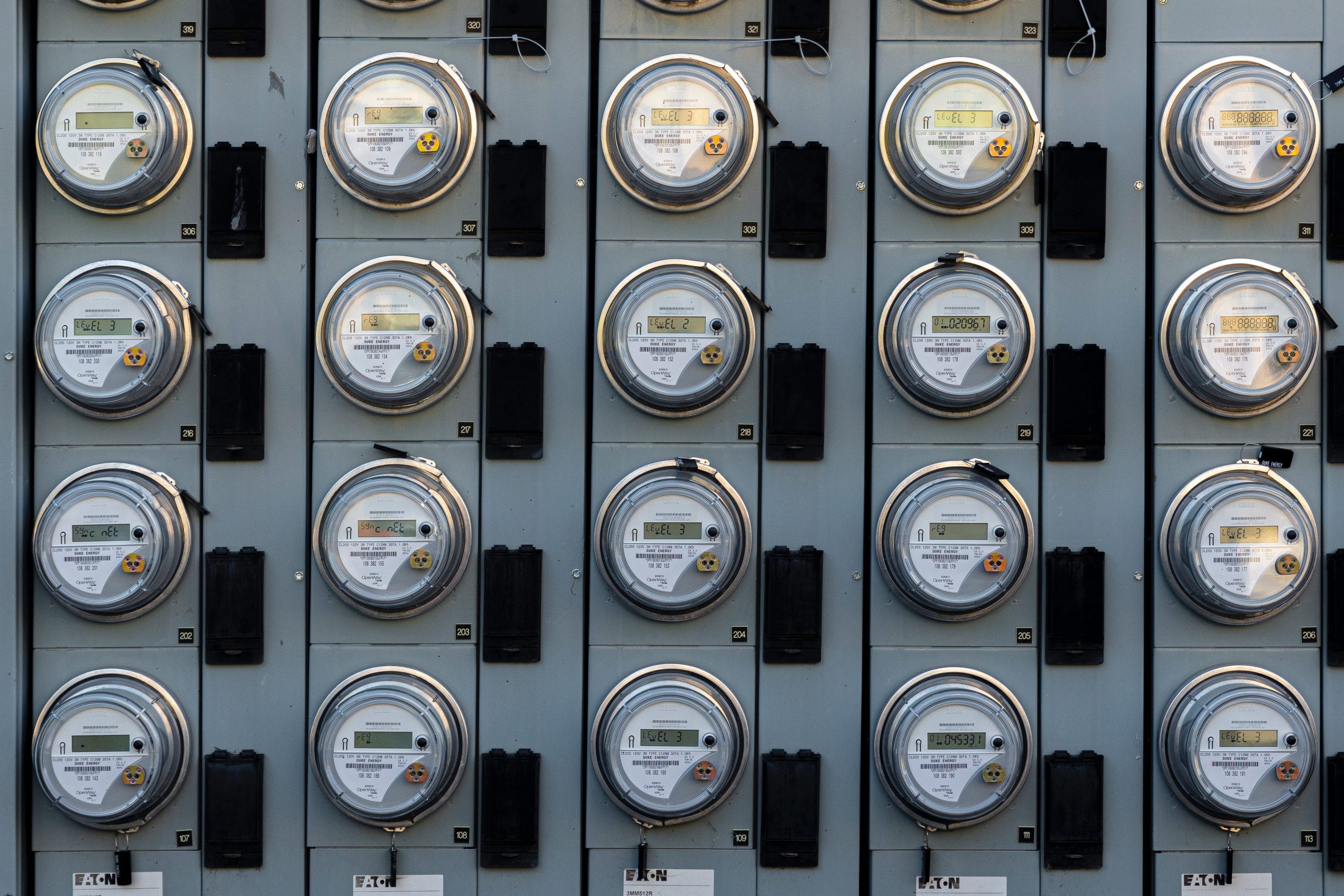Summary
MWM stands for Mobile Workforce Management systems. MWMs allow utilities to disseminate relevant information to nearby field crews in areas that need servicing. This term is sometimes used to also refer to remote work in non-energy contexts. MWMs are a crucial component of the advanced smart grid and enable quicker fixes to outages and other issues on the grid. MWMs often integrate with energy management software that is being used by utility organizations. They allow for faster resolution and optimal resource management.
Key Takeaways
- MWM stands for Mobile Workforce Management systems
- MWMs allow a utility to send field crews to specific areas to investigate issues such as downed power lines
- By using an MWM, a utility manager can resolve line faults faster and make the most efficient use of the resources available to them
What is a Mobile Workforce Management System?
A Mobile Workforce Management System (MWM) allows a utility to send relevant information to a nearby field crew. This is often done to resolve outages, downed power lines, and other issues that may occur on-site. This data is often sent to the field crew from energy management software used by utilities. Asset infrastructure is often the cause of issues on the line, and as such, asset management is a key benefit of having an operational MWM system.
How does MWM fit into the energy ecosystem?
MWMs work best when they are integrated with the energy management software used by utilities. Native integration allows for faster dispersal of relevant information without having to port information to another platform. Using a GIS, locations can be sent to the nearest crew in order to go to the site of the problem to fix it.
The data used to gather information to send to a field crew can come from any source on the grid. If the issue comes from a customer meter, the data is sent back to the utility, who then alerts the relevant field crew nearby to investigate the problem. Alternatively, if the issue is elsewhere on the line, other data may be needed for it to be identified. For example, if a transmission line is disrupted, SCADA data can help identify the location of the issues, thus an MWMs will then allow a field crew to resolve the issue.
This makes the data a crucial component of having operational MWMs because it identifies where and what structures are causing the problem, as opposed to having to manually test components of the grid for connectivity.
MWMs can even be automated so that when data is received signaling an issue, the nearest field crew is automatically sent a notification to investigate. This means that the more connected your grid components are when using an energy management software, the easier it is to implement this automated system.
Not only that, but with the growing demand for electric vehicles and the disproportionate ability to manage the increased load on the grid, MWMs will be even more important for sending field technicians to relevant problem areas.
Lastly, MWMs decrease the System Average Duration Index (SAIDI) by reducing the time taken to fix any power outages. This is often an evaluation metric used for business performance, and as such, utilities with a lower SAIDI are likely to have better results.
How does MWM technology help me?
If your local utility is using an MWMs, they are likely able to solve power outages and other line issues faster. This means that often, you may not even notice an outage prior to the field crew fixing it. Your local power meter will send relevant information straight to your utility in order to address the issue. Without a meter or a strong MWMs, you may face delayed power outages.
If you do happen to notice an issue with your power, and you call it into the utility, a good MWMs will allow your utility to send over the closest field crew at that time, leading to a faster fix.
Interested in learning more about MWMs? You can check out some popular MWMs here:
Citations/Further Reading
Awesense authors are committed to obtaining information from reliable sources. These include primary sources, white papers, and government websites among others, when available. If you have any questions regarding the information on this page, please contact marketing@awesense.com




